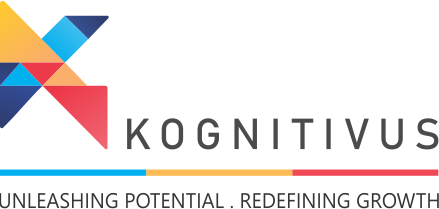Case Studies
Achieving Seamless Progress through Integrated Change Excellence (ASPIRE)
A Change Management Project implemented by Kognitivus for one of the oldest and leading Navigation and Map Technology company headquartered in Netherlands

Explide
Drag



